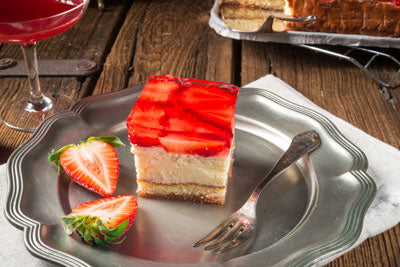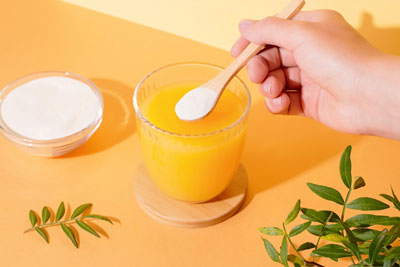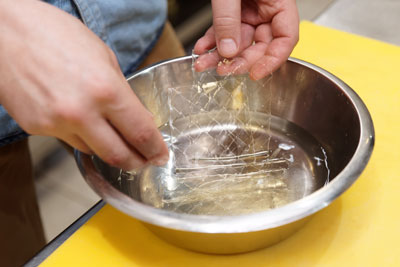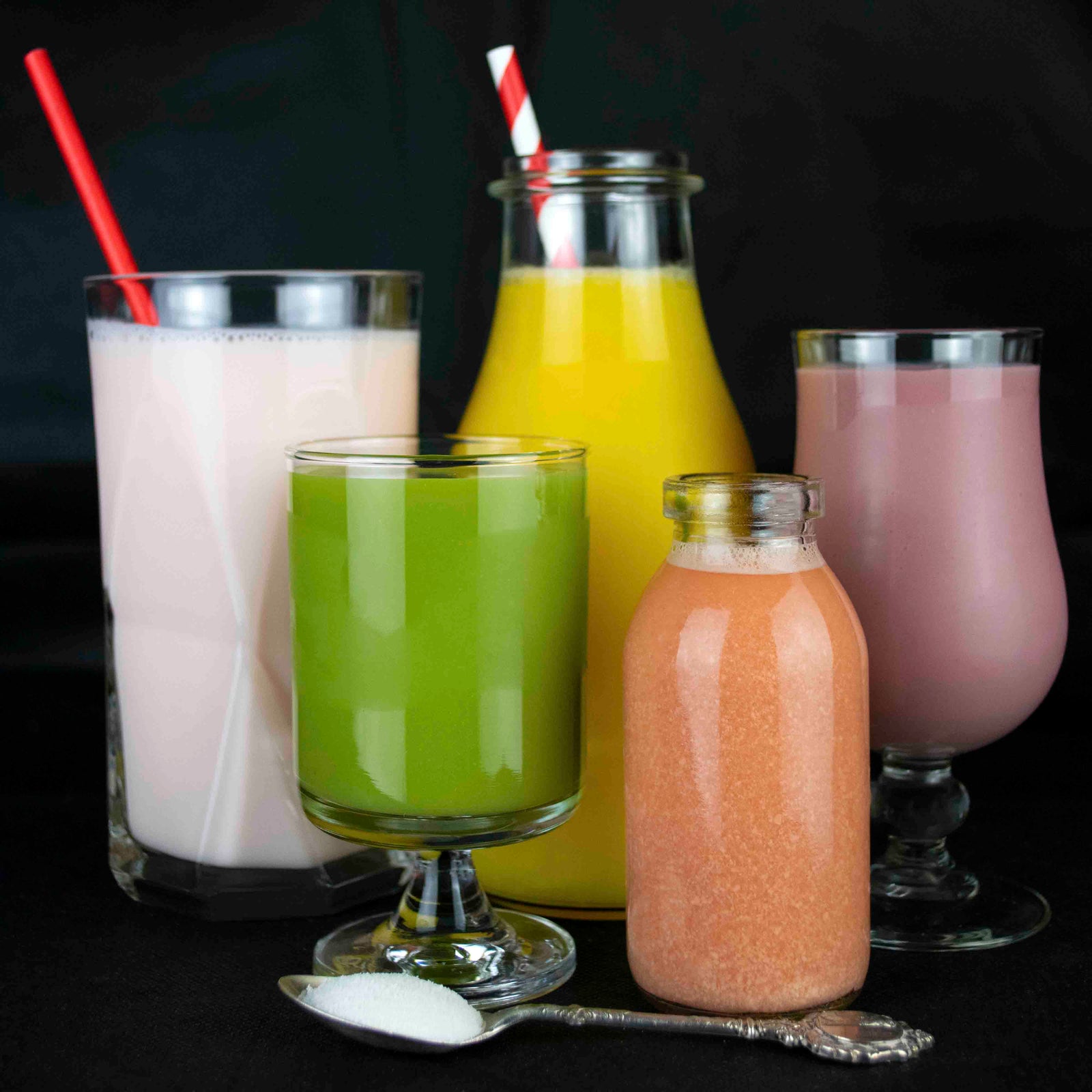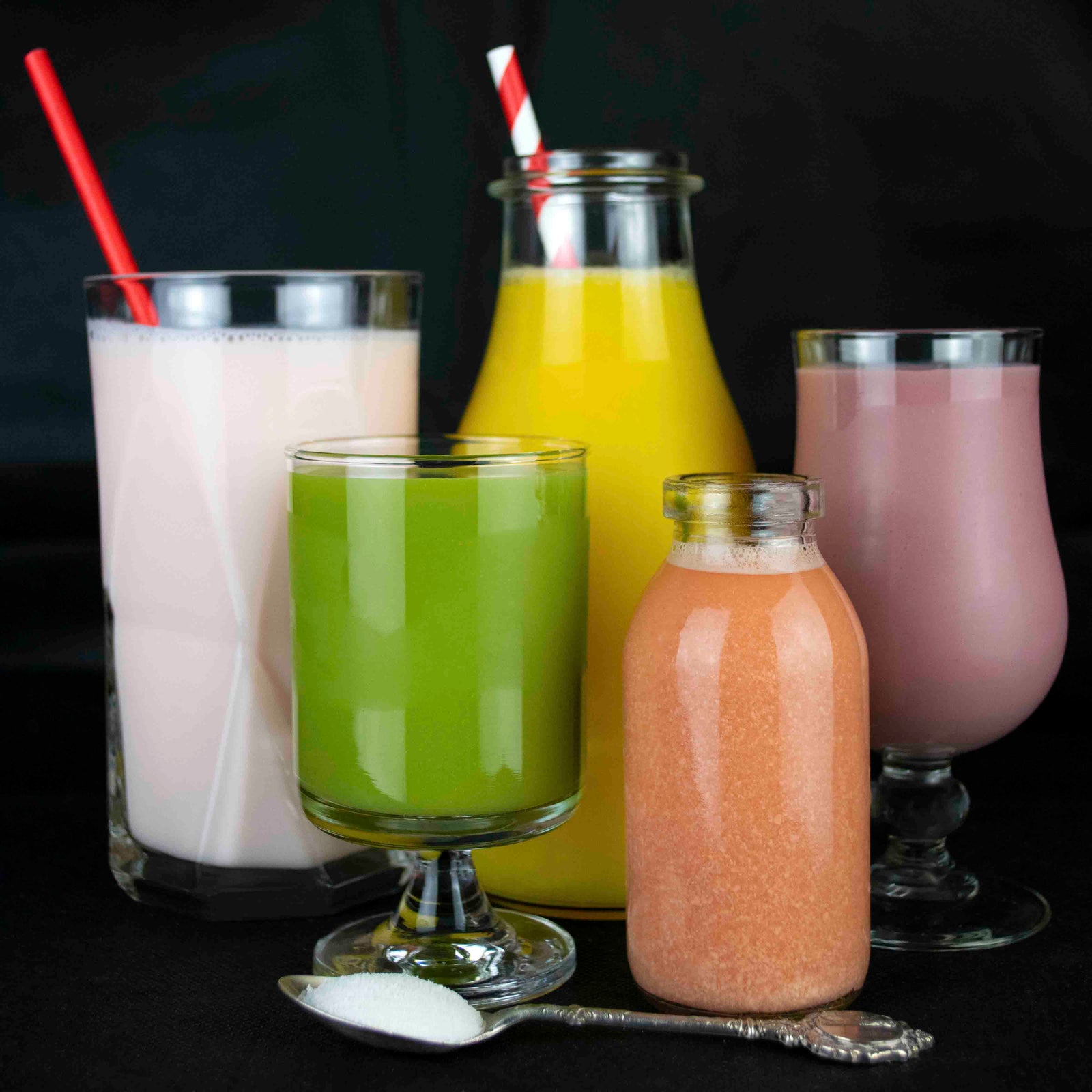I buy this marine collagen because it’s excellent quality & always reliable service.
Shop Now
Beef Collagen
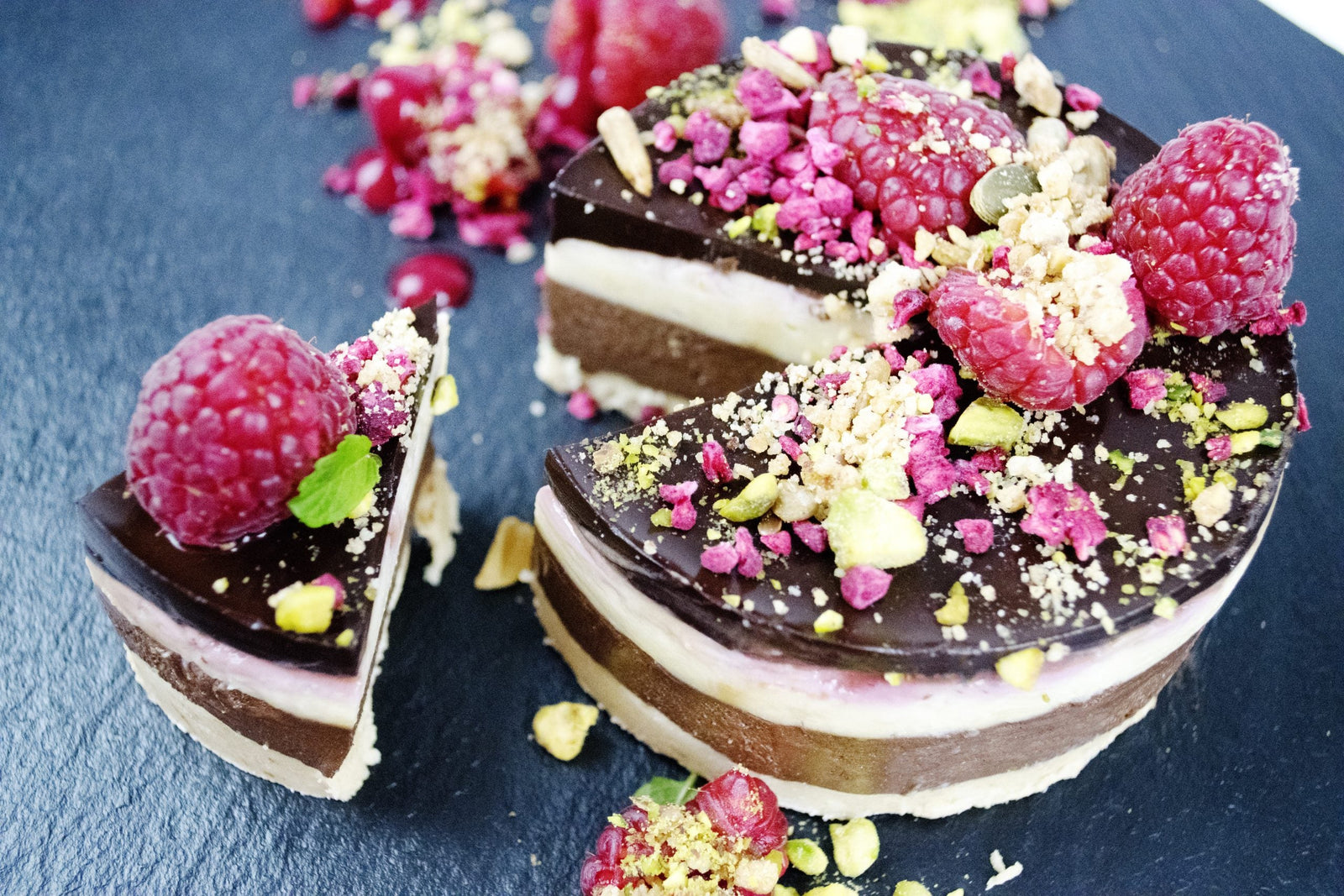
A history of gelatine
July 10, 2022 2 min read
A short history of gelatine
Gelatine, a protein derived from collagen, has a rich history dating back centuries. Let's delve into the fascinating journey of this versatile ingredient.
What is the origin of gelatine?
Gelatine has been used for centuries, with evidence of its consumption dating back to ancient civilizations such as the Egyptians and the Romans. These early cultures discovered the gelling properties of collagen through the boiling of animal bones and connective tissues.
How did gelatine become popular in modern times?
In the 17th century, the process of extracting gelatine from animal bones was refined, leading to the widespread use of gelatine in culinary applications. Its gelling, thickening, and stabilizing properties made it a valuable ingredient in the food industry.
What role did gelatine play in the industrial revolution?
During the industrial revolution, the production of gelatine became more efficient with the invention of new technologies. This led to an increase in the availability of gelatine, making it a staple ingredient in a wide range of food products.
How has gelatine evolved in the modern era?
Today, gelatine is not only used in the food industry but also in pharmaceuticals, cosmetics, and photography. With advancements in technology, gelatine production has become more sustainable and environmentally friendly.
What are the health benefits of gelatine?
Gelatine is known for its collagen-boosting properties, which can benefit skin, hair, and joint health. It is also a source of protein and contains essential amino acids, making it a valuable addition to a balanced diet.
As we look back on the history of gelatine, it is clear that this versatile ingredient has played a significant role in various aspects of human life. From ancient civilizations to modern times, gelatine continues to be a valuable and indispensable component in a wide range of industries.

